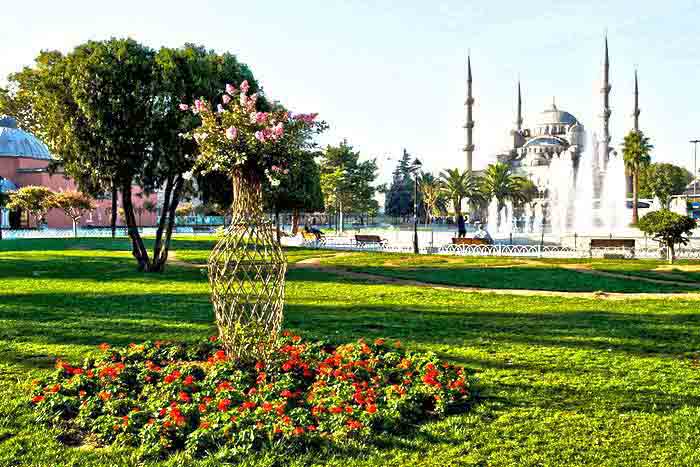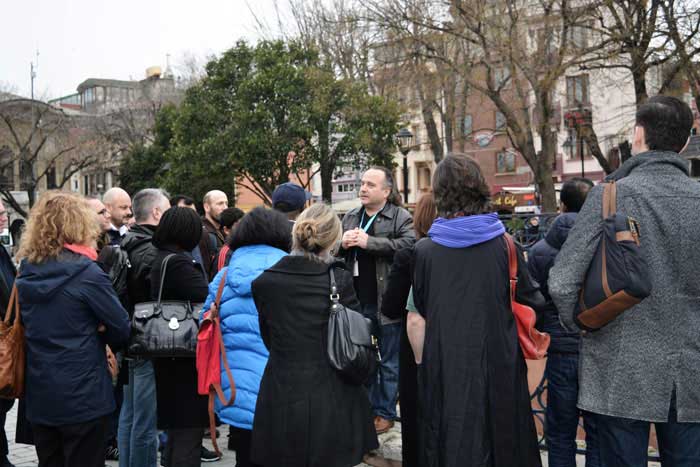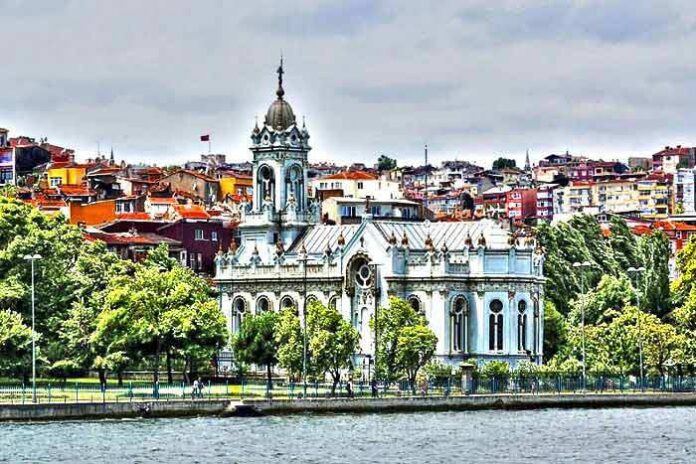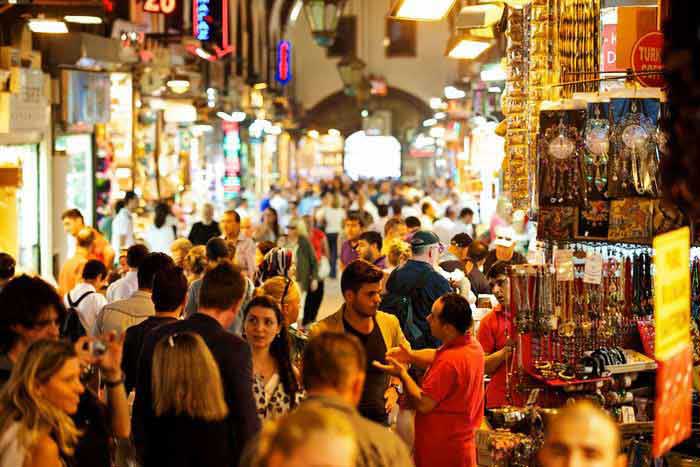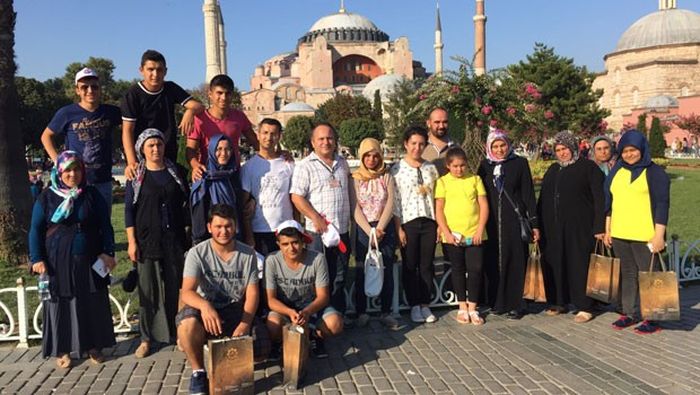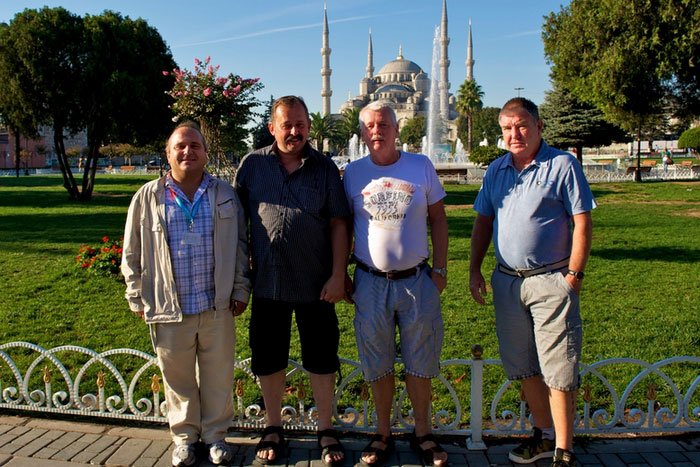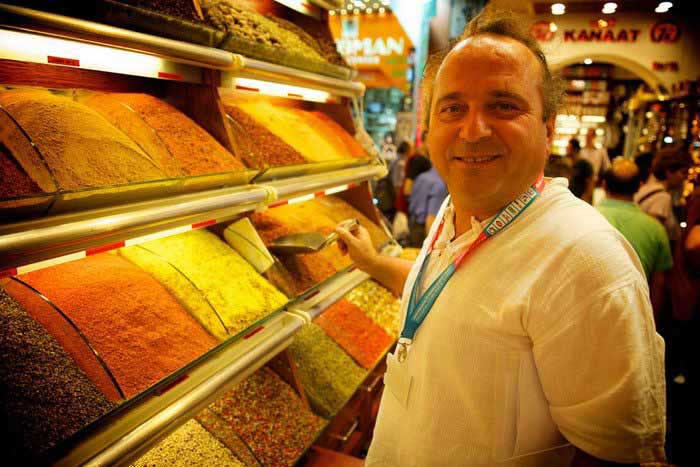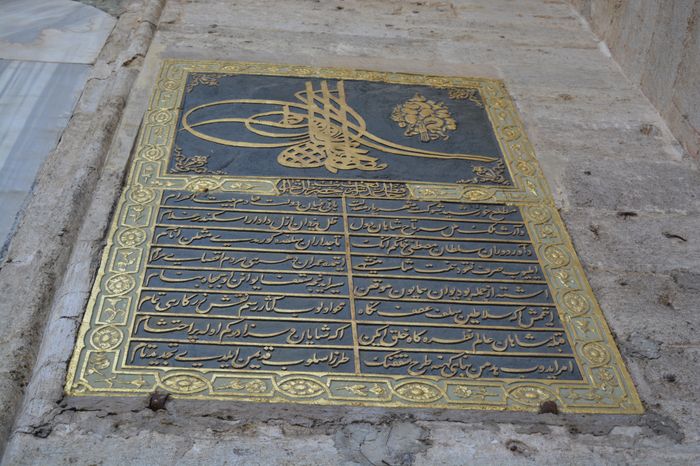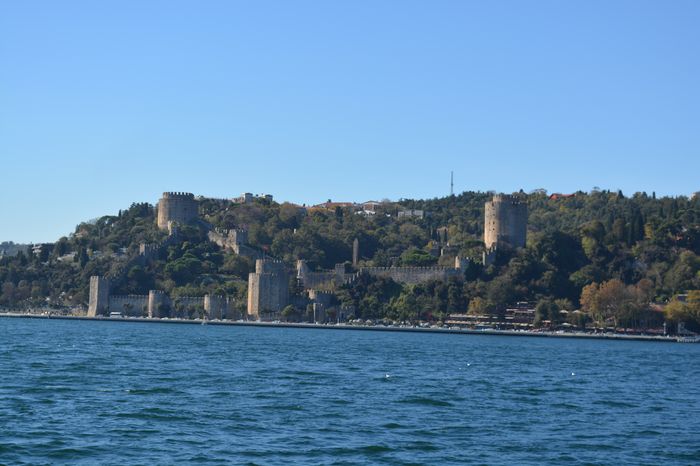Blue Mosque
A real eye-catcher with the beautifully-arranged cascade of domes
Customized Istanbul tour, Turkey customized sightseeing like to present you the Blue Mosque. It is one...
Galata Tower
Guided Istanbul tour – enjoy the best views of Istanbul!
Pivate guided Istanbul tour like to introduce you the dungeon of the past, the tourist attraction...
Istanbul Fun Tours are great fun
Istanbul Fun Tours are great fun
Istanbul Fun Tours – To have fun during city tour Istanbul is important. It is also so important to...
Istanbul Cultural Tours – Istanbul is the heart of Turkey
Istanbul Cultural Tours – Istanbul is the heart of Turkey
It is not the political capital of Turkey but with the population (approximately 18 million...
Istanbul Religion Tours – The capital of religions
Istanbul Religion Tours – The capital of religions…
Istanbul is what it is because it has something from each religion – Islam, Christianity, and Judaism....
Istanbul shopping tours – shopping paradise
Istanbul shopping tours – shopping paradise…
Istanbul is a shopping paradise for everybody. That’s why we decided to make Istanbul shopping tours. You can find...
Istanbul Custom Tours
Istanbul Custom Tours – Interestanbul
Bosphorus Bridge Top Istanbul is the only city in the world which is settled on two continents. Istanbul is the...
Ensar Islamoglu – ask your question about Istanbul
Ensar Islamoglu – ask your question about Istanbul
Me, Ensar Islamoglu, as a private tour guide answered the Frequently Asked Questions about Istanbul, in the...
Tour guide Ensar
Tour guide Ensar
I was born in Turkey and live in Turkey, Istanbul. I have been a professional tour guide for 25 years. Although I...
Do we need guide Ensar
Ensar guide – Istanbul is not an ordinary place. It’s a cosmopolitan city that dates centuries back. It survived different rullers, empires. Istanbul hosted many...
